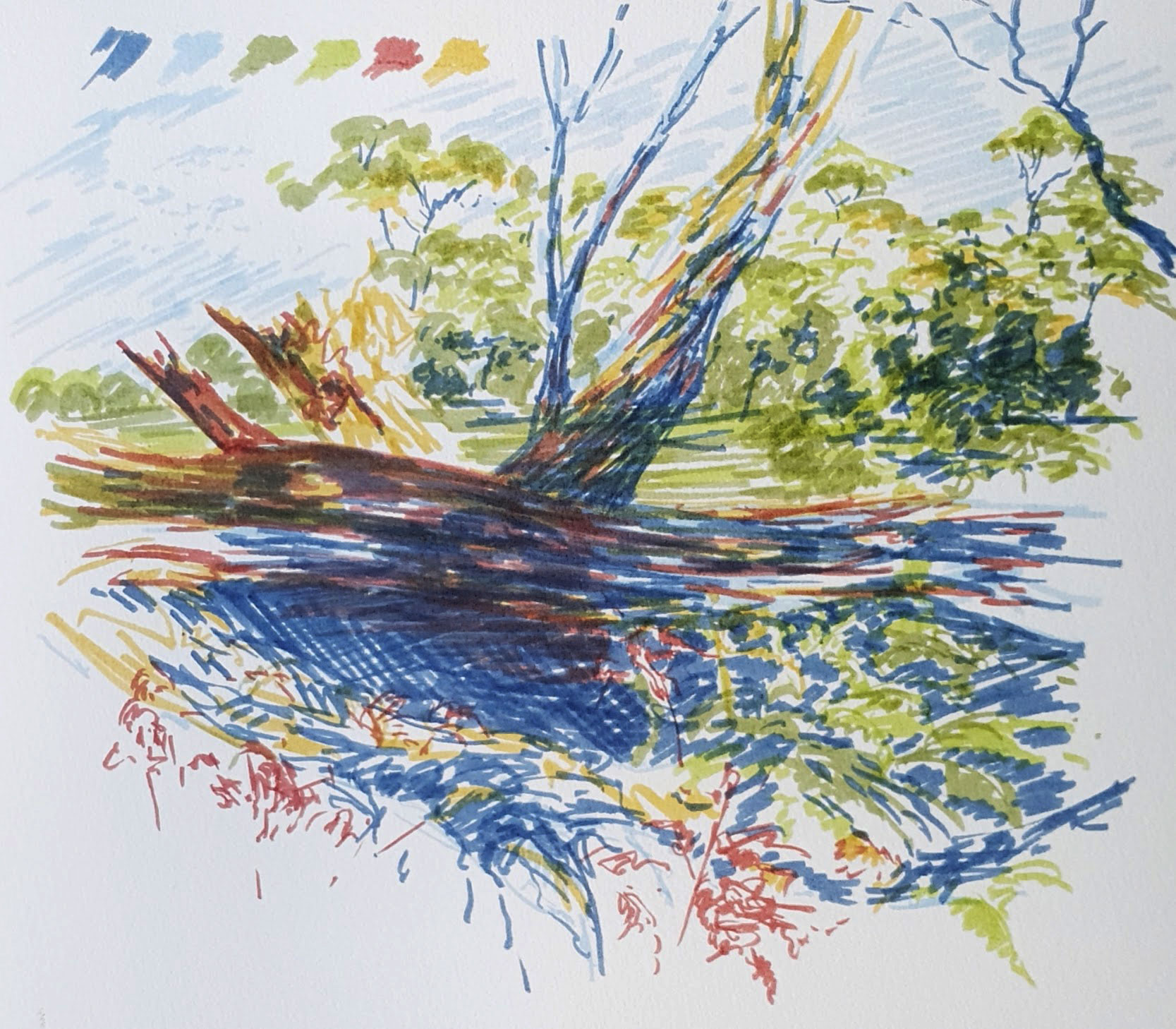Cellulose Watercolor Paper
Have you ever struggled to achieve the perfect watercolor painting? Perhaps the issue lies in the paper you're using. Cellulose watercolor paper can be difficult to work with, but with a few tips and tricks, you can create stunning, professional-looking artwork. In this blog post, we'll explore the ins and outs of cellulose watercolor paper, and how you can make it work for you.
The Pain Points of Cellulose Watercolor Paper
Many artists struggle with getting cellulose watercolor paper to behave the way they want it to. One of the biggest pain points is that the paper tends to buckle and curl when wet. This can be frustrating when you're trying to paint a detailed or intricate scene, as the paper's surface becomes uneven and difficult to work with. Additionally, cellulose paper doesn't absorb water as well as other types of watercolor paper, which can make blending colors difficult.
What is Cellulose Watercolor Paper?
Cellulose watercolor paper is made from wood pulp, rather than cotton fibers like traditional watercolor paper. It is less expensive than cotton paper, and can be a good option for artists who are just starting out. While it can be more challenging to work with, it is still possible to create beautiful artwork on cellulose paper with the right techniques.
Main Points About Cellulose Watercolor Paper
To summarize, cellulose watercolor paper is made from wood pulp and is less expensive than cotton paper. It can be challenging to work with due to its tendency to buckle and its difficulty in absorbing water, which can make blending colors difficult. However, with a few tips and tricks, it is still possible to create stunning artwork on cellulose paper.
My Personal Experience with Cellulose Watercolor Paper
As someone who is just starting out with watercolor painting, I decided to try out cellulose watercolor paper to see how it compared to cotton paper. At first, I found it frustrating to work with - the paper buckled and curled when wet, and it didn't absorb water as well as I had hoped. However, I learned that by stretching the paper before painting on it, I could avoid some of these issues. Additionally, I found that using a slightly drier brush helped with blending colors on the paper's surface.

How to Stretch Cellulose Watercolor Paper
If you're struggling with cellulose watercolor paper buckling or curling when wet, stretching the paper before painting on it can help. To do this, simply wet the paper thoroughly and then tape it down to a flat surface using painter's tape. Allow the paper to dry completely, and then remove the tape. The paper should now be stretched and ready to use.

The Importance of Brush Control When Painting on Cellulose Paper
When using cellulose watercolor paper, it's important to have good brush control. Since the paper doesn't absorb water as well as other types of watercolor paper, it can be easy to overwork your colors and end up with muddy, murky-looking paintings. By using a drier brush and not overworking your colors, you can achieve a cleaner, more precise look.
How to Store Cellulose Watercolor Paper
When storing your cellulose watercolor paper, it's important to keep it in a dry place to avoid any moisture damage. You may also want to store the paper flat, rather than standing it up vertically, to avoid any warping or bending of the paper's surface.
Question and Answer
Q: Can you use cellulose watercolor paper for professional painting?
A: Yes, absolutely. While it may be more challenging to work with, it is still possible to create beautiful, professional-looking artwork on cellulose paper.
Q: Is cellulose watercolor paper less expensive than cotton paper?
A: Yes, cellulose watercolor paper is generally less expensive than cotton paper.
Q: How can I prevent cellulose watercolor paper from buckling when wet?
A: One way to prevent buckling is to stretch the paper before painting on it. Alternatively, you can use a slightly drier brush when painting to avoid overloading the paper with water.
Q: How can I store cellulose watercolor paper?
A: Store your cellulose watercolor paper in a dry place, and consider laying it flat rather than standing it up to avoid bending or warping the surface of the paper.
Conclusion
Cellulose watercolor paper can be a challenging medium to work with, but with the right techniques and plenty of practice, it is possible to create beautiful, professional-looking artwork. Stretch your paper before painting on it, use good brush control, and store it properly to avoid any moisture damage. By following these tips, you'll be well on your way to creating stunning watercolor paintings on cellulose paper.
Gallery
Watercolor On High Alpha Cellulose Paper | Artwork, Art, Watercolor

Photo Credit by: bing.com / cellulose
10/5 Sheets Watercolor Paper 300gsm A6 / A5 / A4 / A3 | Shopee Philippines
Photo Credit by: bing.com / shopee
It’s Not Me, It’s You: Tackling Cellulose Watercolor Paper. – Walks In

Photo Credit by: bing.com / watercolor cellulose pigmented tackling
Acrylic Painting On 100% Cellulose Watercolor Paper - YouTube

Photo Credit by: bing.com /
It’s Not Me, It’s You: Tackling Cellulose Watercolor Paper. – Walks In

Photo Credit by: bing.com / cellulose tackling pigmented
